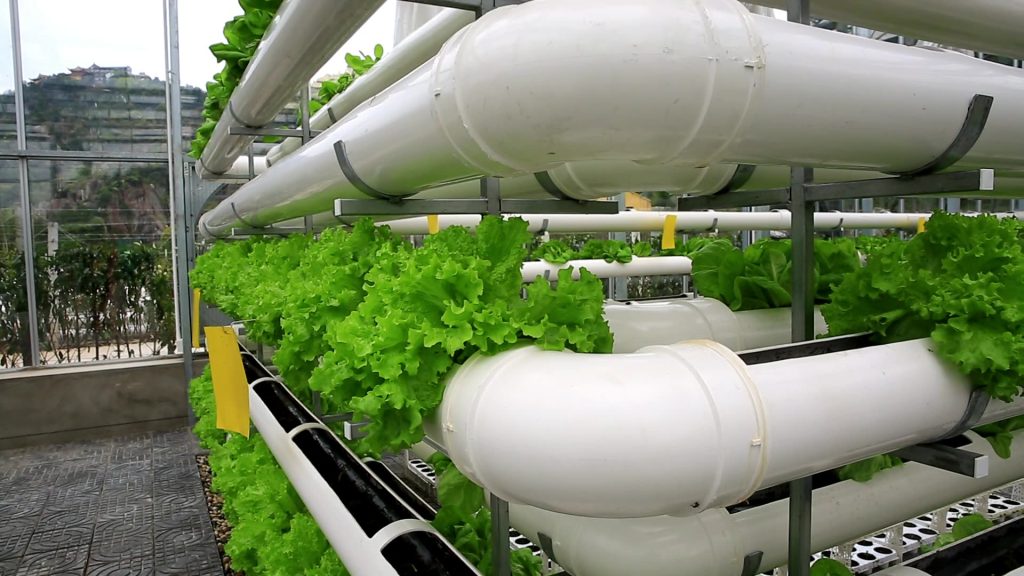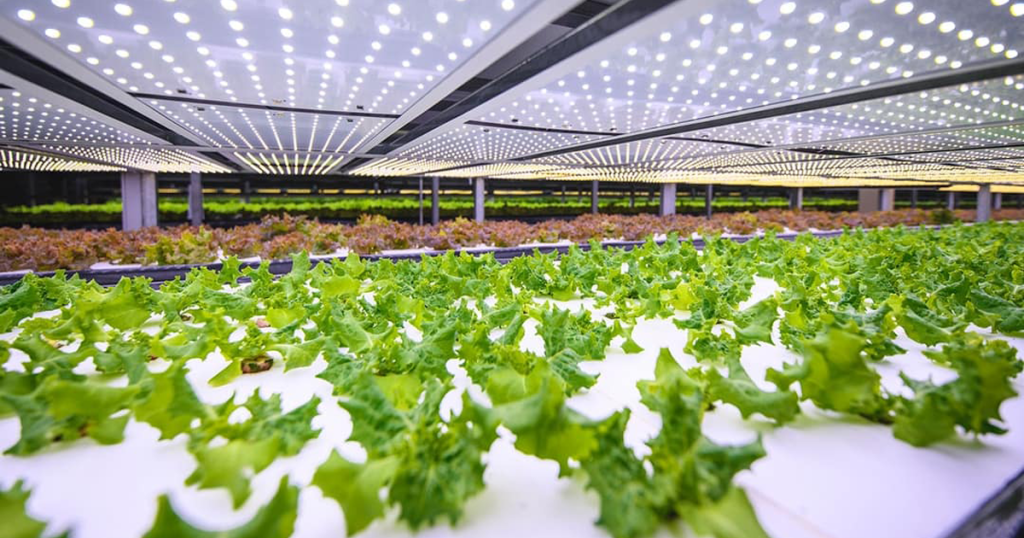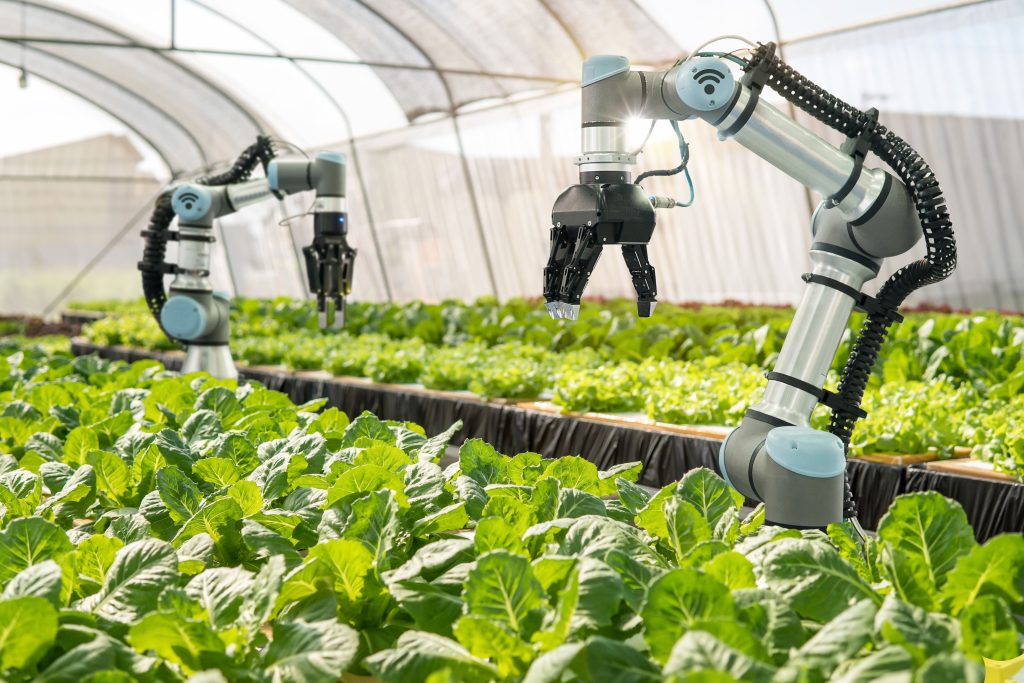Urban agriculture is no longer just a trend but a vital part of food supply and sustainability within urban areas. Innovative technologies are bridging the gap between urban food demands and local production, promising a fresh food supply closer to home. This article explores the pioneering techniques changing urban agriculture through tech and innovation, including vertical farming systems, hydroponics, and smart indoor farming.

1. Vertical Farming: Reaching New Heights
Vertical farming, growing food in vertically stacked layers, is an innovative approach to urban agriculture, using 95 percent less water than field farming. It allows urban farmers to produce leafy greens and herbs using limited space, making it suitable for many urban environments.

- Bowery Farming: A prominent example of vertical farming, Bowery Farming operates in a warehouse in New Jersey, showcasing the future of food production.
2. Indoor Farming: Growing Within Walls
Indoor farming leverages technology to control the farming environment meticulously.
- Smart Indoor Farming: Utilizing intelligent systems to regulate light, temperature, and humidity, indoor farming can produce leafy greens with reduced resource consumption.
- Urban Mushroom Farm: An example of specialized indoor farming, urban mushroom farms have sprouted as profitable ventures within the urban landscape.
3. Hydroponics: Farming Without Soil
Growing food without soil, hydroponics, is a sustainable agriculture practice that requires less water than conventional farming.
- Pasona Urban Ranch: This innovative urban farm in Tokyo employs hydroponics to grow various crops, demonstrating a productive reuse of urban waste.
4. Technology and Mobile Apps: Connecting Growers and Eaters
New technologies are building a network of urban growers and eaters.
- Mobile Apps Connecting Urban Growers and Eaters: These platforms create linkages between rural and urban food systems, enhancing accessibility and promoting community-supported agriculture.
5. Social Innovation and Community Development
Urban agriculture fosters community development and urban renewal.
- Federal Advisory Committee for Urban Agriculture: This body supports businesses to utilize urban agriculture as a means of urban development, aligning with various urban development goals beyond the provision of food.
- Initiatives Using Tech: Examples such as urban eaters consume campaigns leverage social innovation to change urban agriculture, promoting access to healthy foods within the urban population.
Conclusion
Urban agriculture is expanding through the implementation of groundbreaking farming practices. The opportunity to improve urban agriculture and satisfy the demands of an increasingly urban population is driving this transformation. From traditional agriculture to emerging agricultural production practices, the shift is evident.
With the support of the Office of Urban Agriculture, Secretary of Agriculture, and countless ways that cities can feed their inhabitants, urban agriculture is redefining the agriculture industry, offering a variety of urban development paths beyond mere food production.
These innovative techniques have redefined what it means to farm within the urban, connecting urban producers and consumers, and embracing technology and social innovation. Whether it’s using this opportunity to improve urban water management or engaging with community supported agriculture, the future of urban farming is not only bright but thriving.




